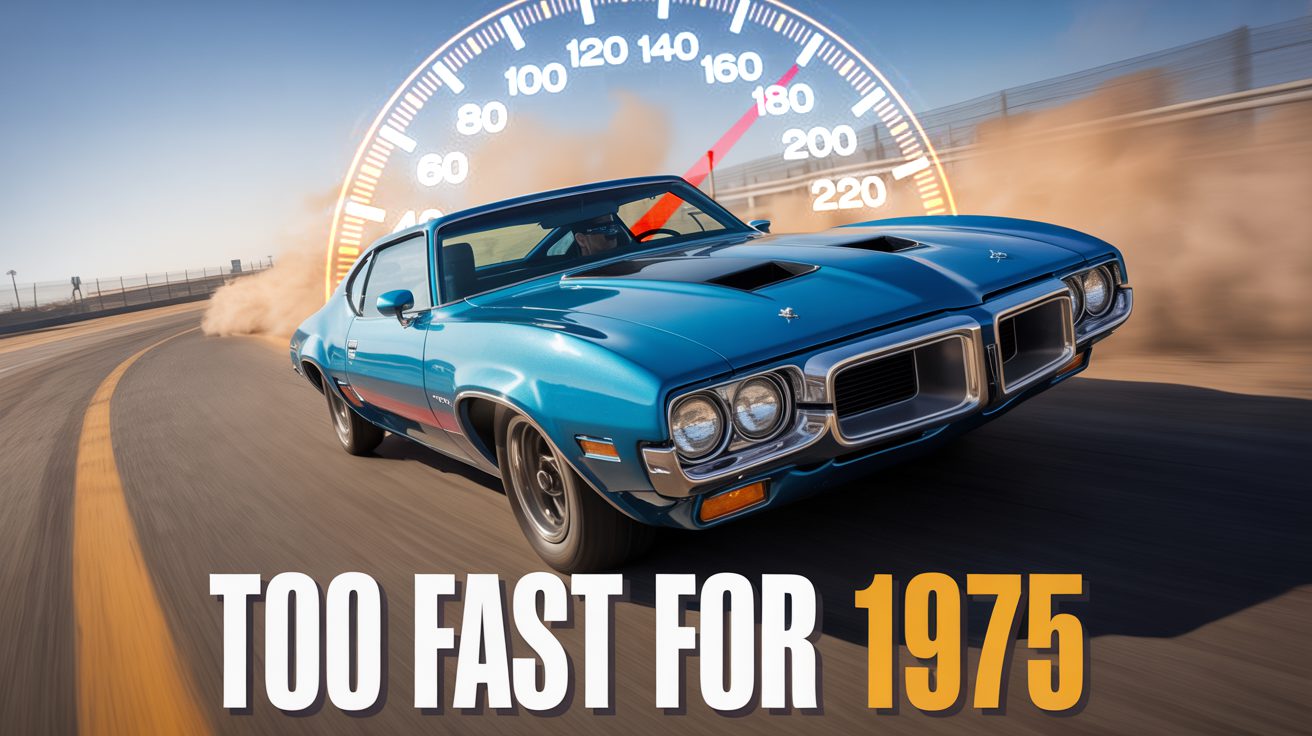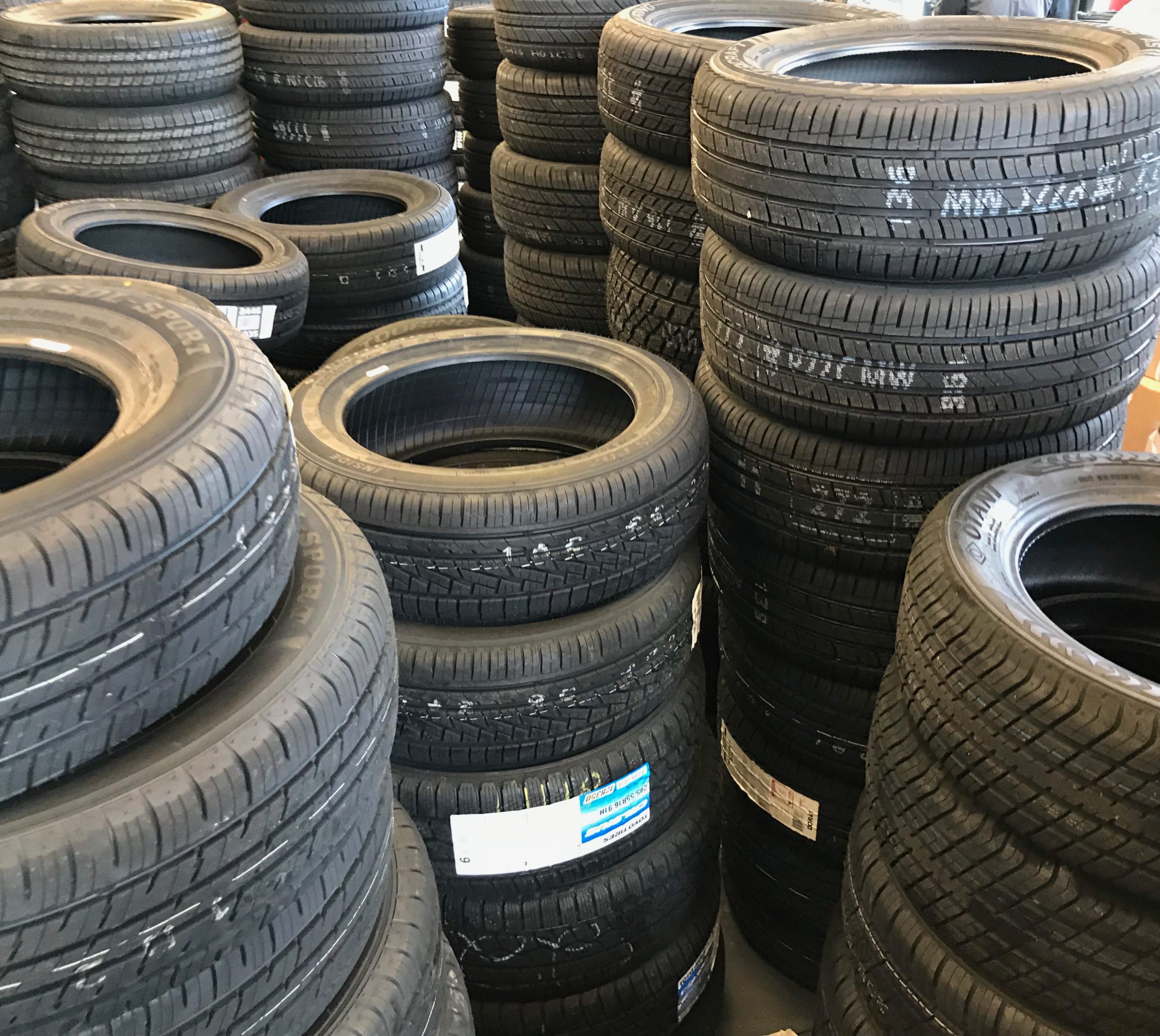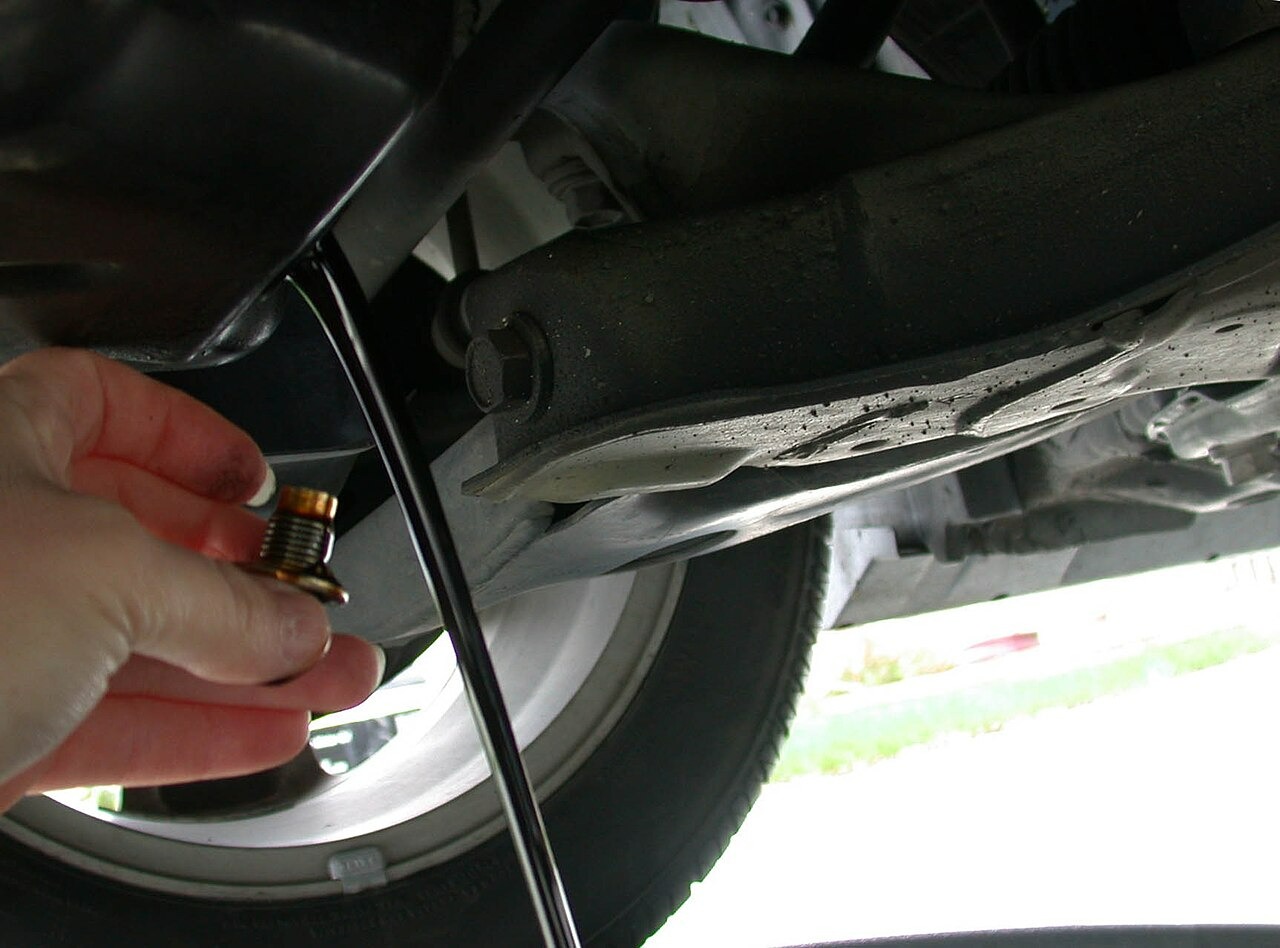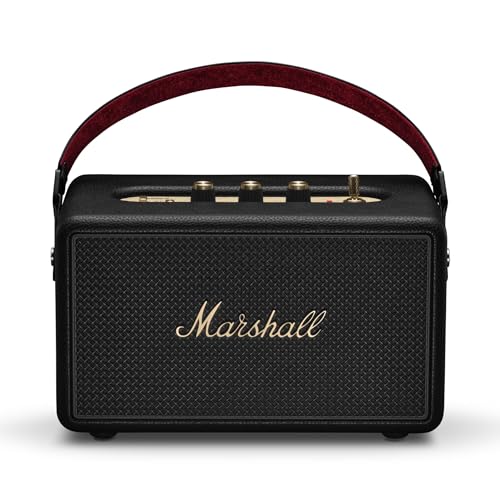The muscle car era wasn’t just about Mustangs and Chargers getting all the magazine covers. General Motors quietly unleashed some of the most ferocious machines ever to terrorize American asphalt while everyone was busy drooling over the poster children.
As emission regulations tightened like a vise and gas prices went stratospheric, GM’s most potent creations slipped into the shadows of automotive history. These weren’t your uncle’s weekend cruisers—they were engineering marvels that deserved better than becoming footnotes. Time to crack open the vault on these forgotten GM muscle machines that modern collectors are finally starting to appreciate.
15. 1973 Pontiac Firebird Formula 455 SD (Exterior)
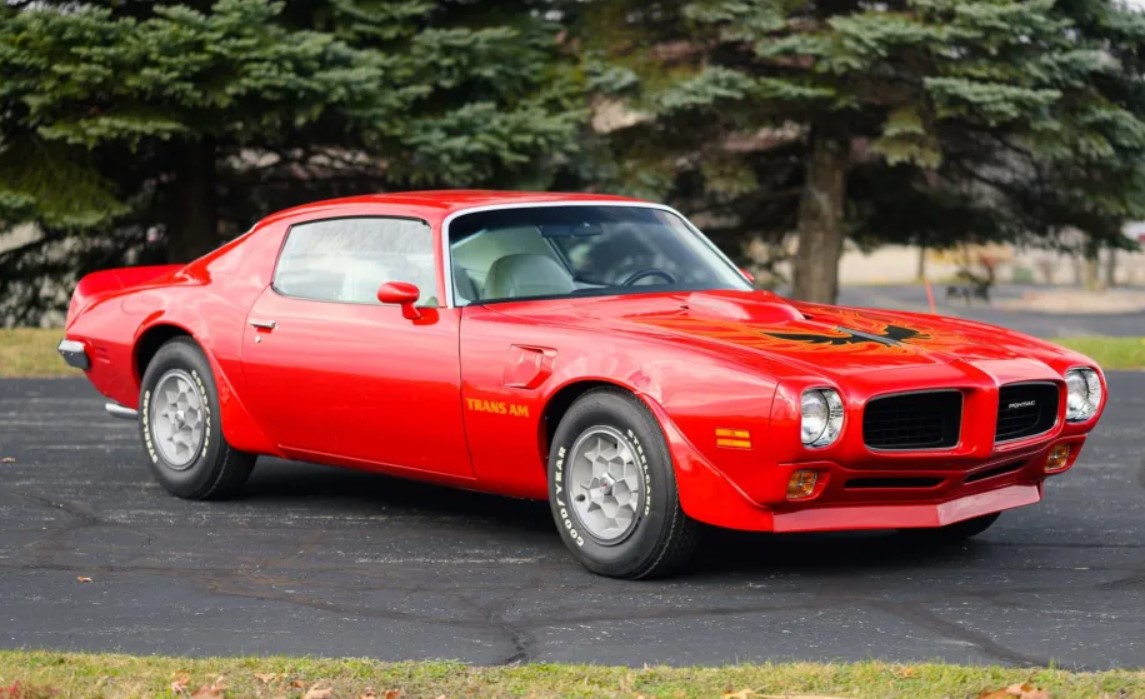
While other manufacturers waved white flags at emission regulations, Pontiac engineers gave those rules the finger with style. The Formula 455 Super Duty wrapped its rebellion in sleek, aggressive bodywork that announced serious intentions before you heard the engine roar. Sharp hood lines and functional air scoops created visual drama that matched the mechanical mayhem underneath. The Formula 455 SD wasn’t flashy like cartoon muscle cars—it was purposeful, like a stealth fighter disguised as a sports coupe.
1973 Pontiac Firebird Formula 455 SD (Interior)
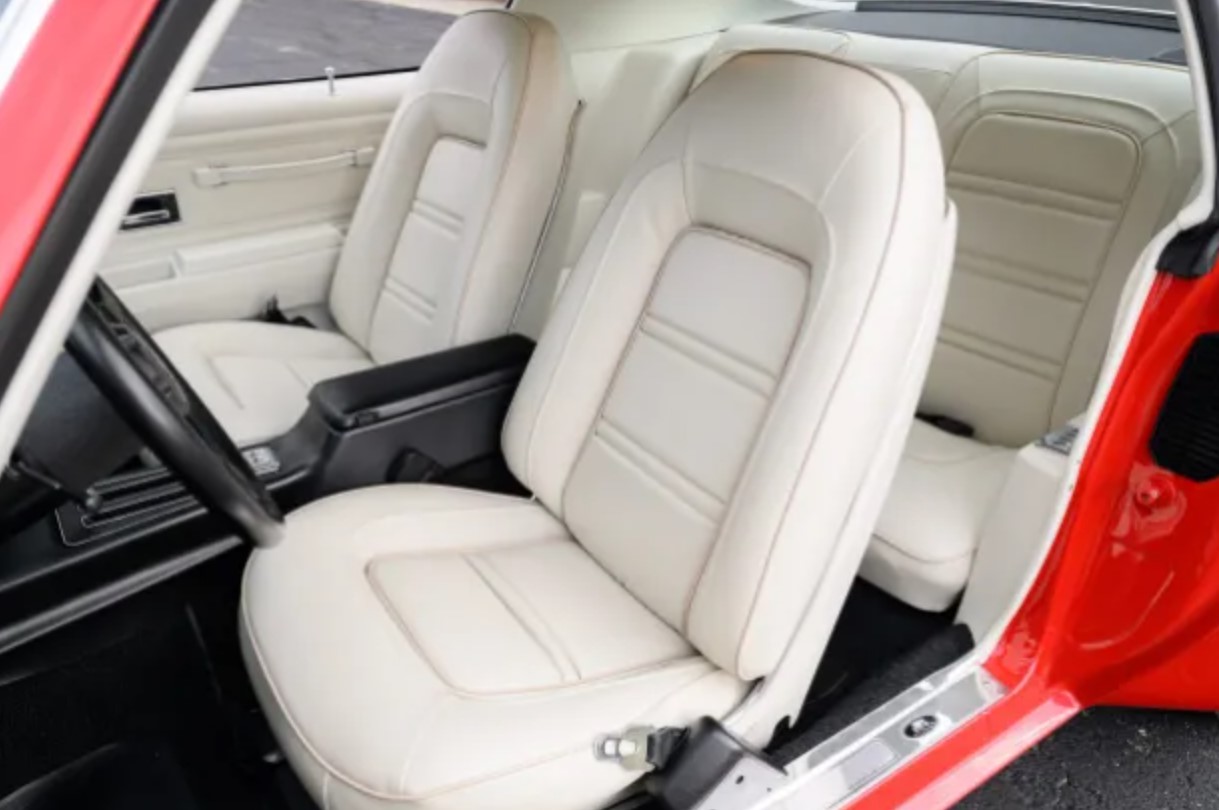
Performance and comfort rarely coexist, but the Formula 455 SD cockpit proved exceptions exist in automotive design. Bucket seats held you firmly during spirited driving while maintaining all-day comfort that many muscle cars sacrificed for looks. The dashboard layout positioned essential gauges within easy reach, and quality materials reflected the car’s serious performance mission. Interior trim created a cockpit that felt built for both daily driving and weekend track sessions without treating passengers like afterthoughts.
14. 1970 Chevelle 454 SS (Exterior)
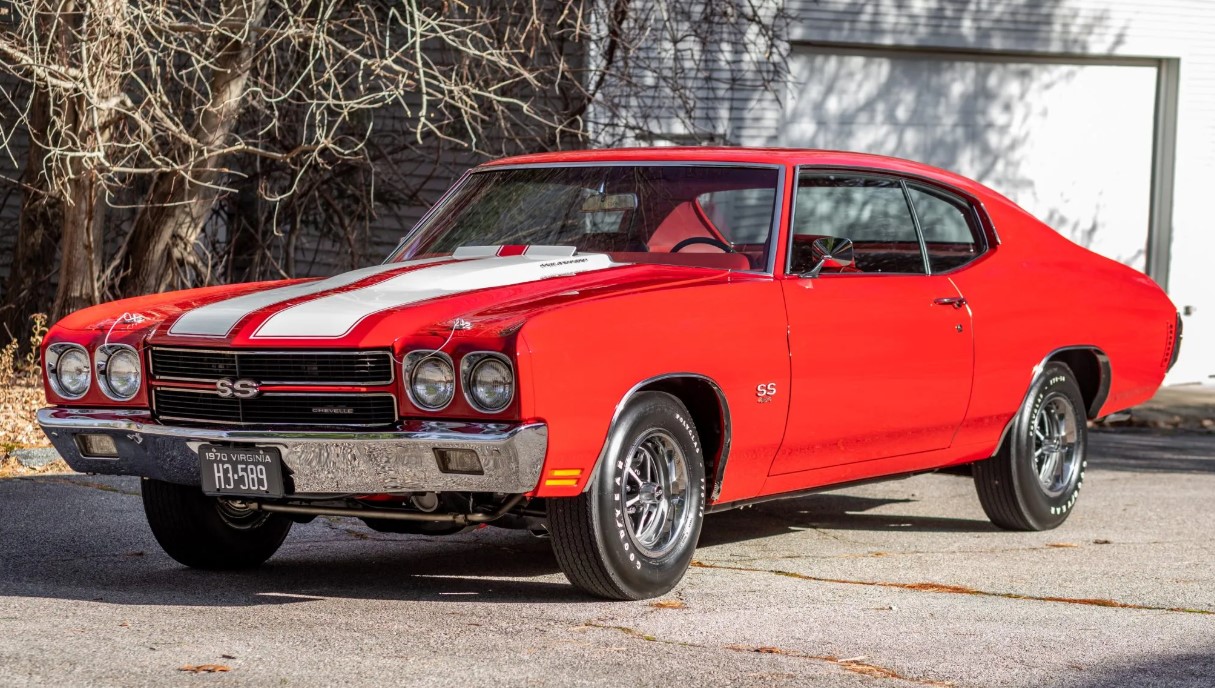
Muscular proportions suggested this machine could bench press a Volkswagen and probably win the contest. The Chevelle 454 SS’s bold stance announced serious performance intentions without resorting to cartoon graphics or boy-racer add-ons that plagued lesser machines. That cowl induction hood force-fed cold air to the hungry 454 when you mashed the pedal, while wide tires and low stance created a planted appearance. Clean lines and purposeful details made the 454 SS the grown-up muscle car that didn’t need excuses—relive its legacy in this legendary chevelle photo gallery.
1970 Chevelle 454 SS (Interior)
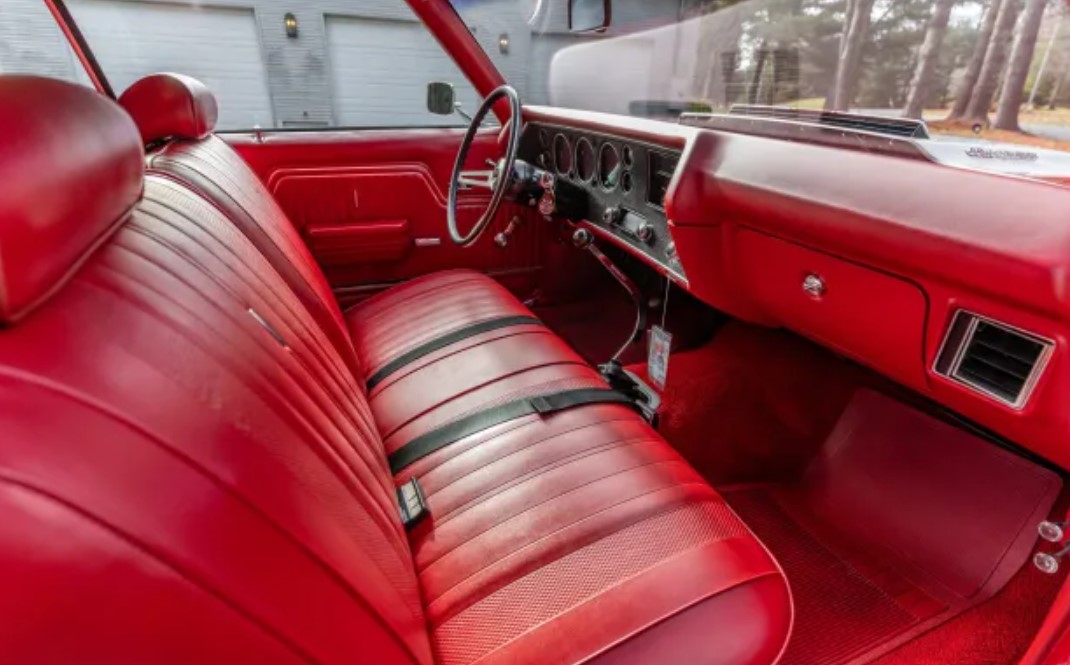
Need a car that handles family duty and track days equally well? The Chevelle SS interior delivered that rare combination perfectly. Quality bucket seats and well-positioned steering wheel created an ideal driving position for both cruising boulevards and carving canyons with equal competence. Quality materials and straightforward controls didn’t require an engineering degree to operate, while gauges remained clearly visible and functional rather than decorative. Rear seat space accommodated actual humans, making this a legitimate four-passenger performance machine rather than a cramped two-seater.
13. 1970 Oldsmobile 442 W30 (Exterior)
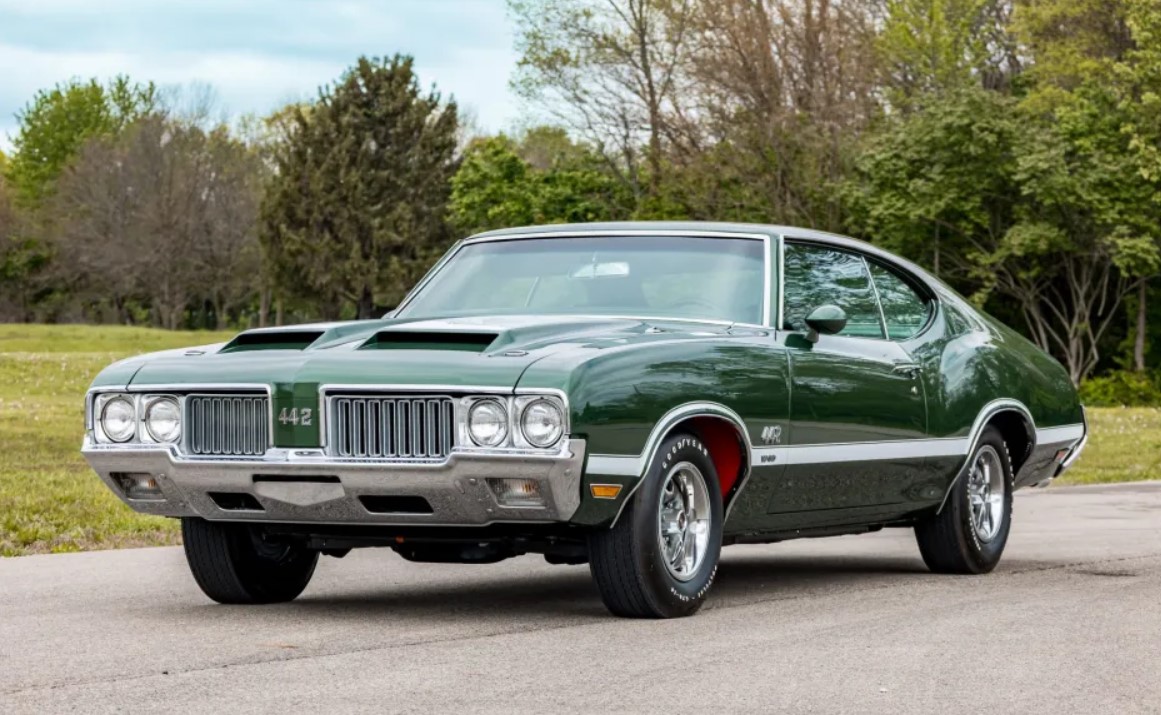
Sophisticated muscle came clothed in a well-tailored suit that happened to conceal a switchblade underneath. The 442 W30’s elegant proportions and understated graphics appealed to buyers who wanted serious performance without announcing it to every teenager at stoplights. Functional fiberglass hood scoops and subtle W30 badging were the only hints of the beast beneath conservative styling. Chrome accents and clean body lines created timeless appeal that maintained Oldsmobile’s reputation for refined styling while incorporating menacing performance stance.
1970 Oldsmobile 442 W30 (Interior)
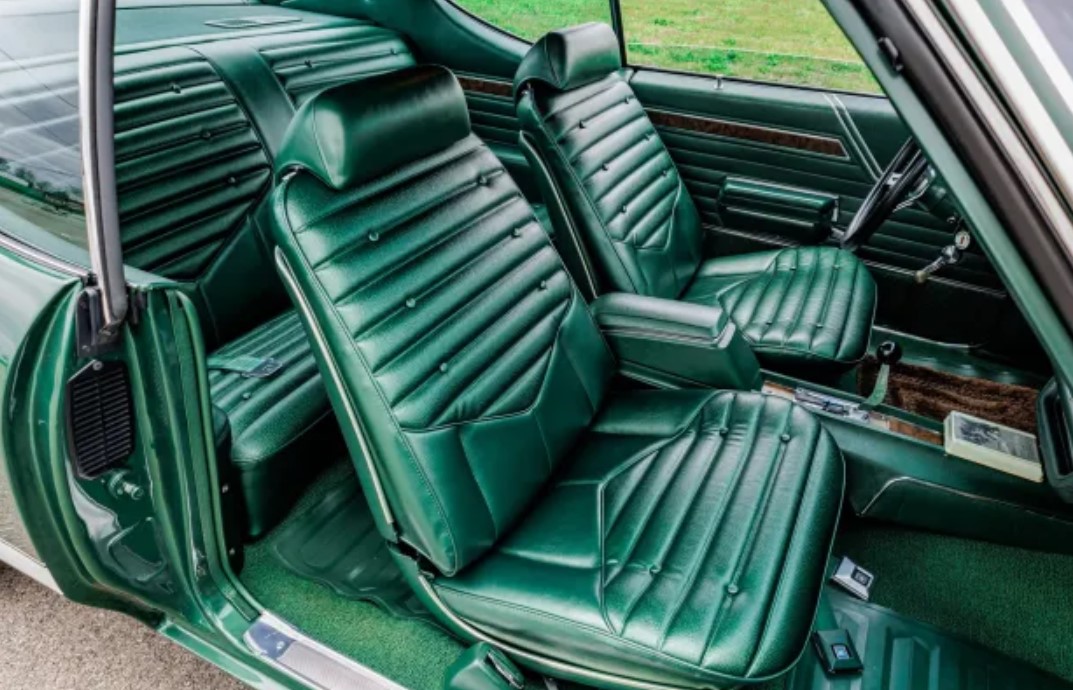
Luxury materials meet performance priorities in the W30’s cabin, creating separation from more pedestrian muscle cars completely. Comfortable seating combined supportive bolsters with quality upholstery that looked good and wore well over extended ownership periods. The dashboard layout emphasized both style and function, featuring clear gauges and intuitive controls that enhanced the driving experience. Interior trim pieces felt substantial rather than cheap, reflecting Oldsmobile’s position in GM’s hierarchy as the thinking person’s muscle car choice.
12. 1977 Pontiac Can-Am (Exterior)
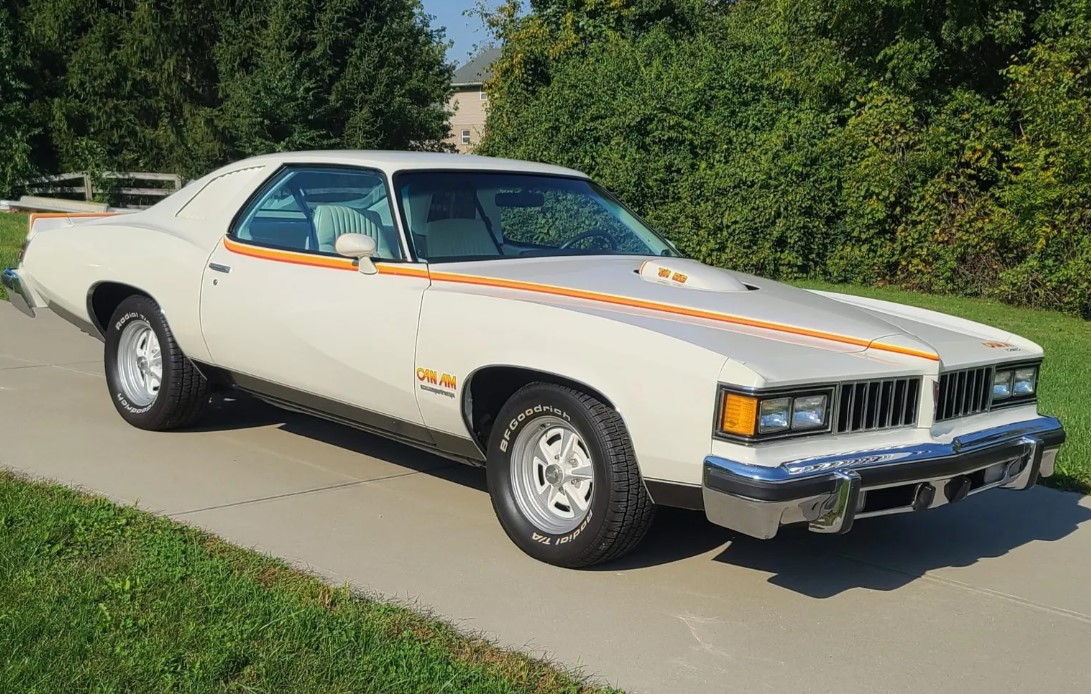
Most muscle cars had surrendered to malaise era compromises, but this rebel refused to go quietly. The Can-Am’s striking cameo white exterior with orange, red, and yellow stripes made the Can-Am look like a sunset on wheels—impossible to ignore and unapologetic about performance aspirations during challenging times. The distinctive rear spoiler and bold graphics created visual drama that most cars of this period couldn’t match. Performance hood scoops and assertive stance reminded everyone that some manufacturers still cared about going fast, with only 1,377 Can-Ams built due to reported spoiler mold issues.
1977 Pontiac Can-Am (Interior)
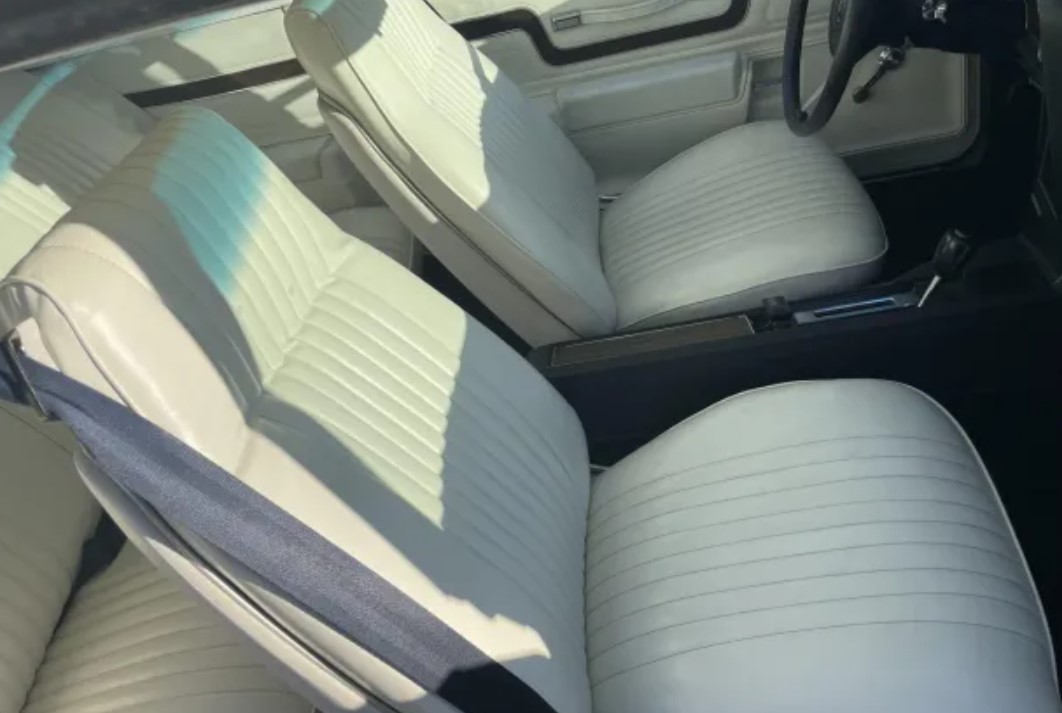
If you’re seeking personality in an era of automotive blandness, the Can-Am cabin delivered exactly that. Bucket seats provided excellent support during aggressive driving while maintaining comfort for daily use in traffic jams. The cabin design emphasized the driver experience without sacrificing passenger comfort or convenience features that buyers expected. Interior trim and gauge layouts reflected the car’s performance mission while maintaining Pontiac’s attention to detail, creating a cockpit that felt special and significant during challenging times.
11. 1970 Oldsmobile Rallye 350 (Exterior)
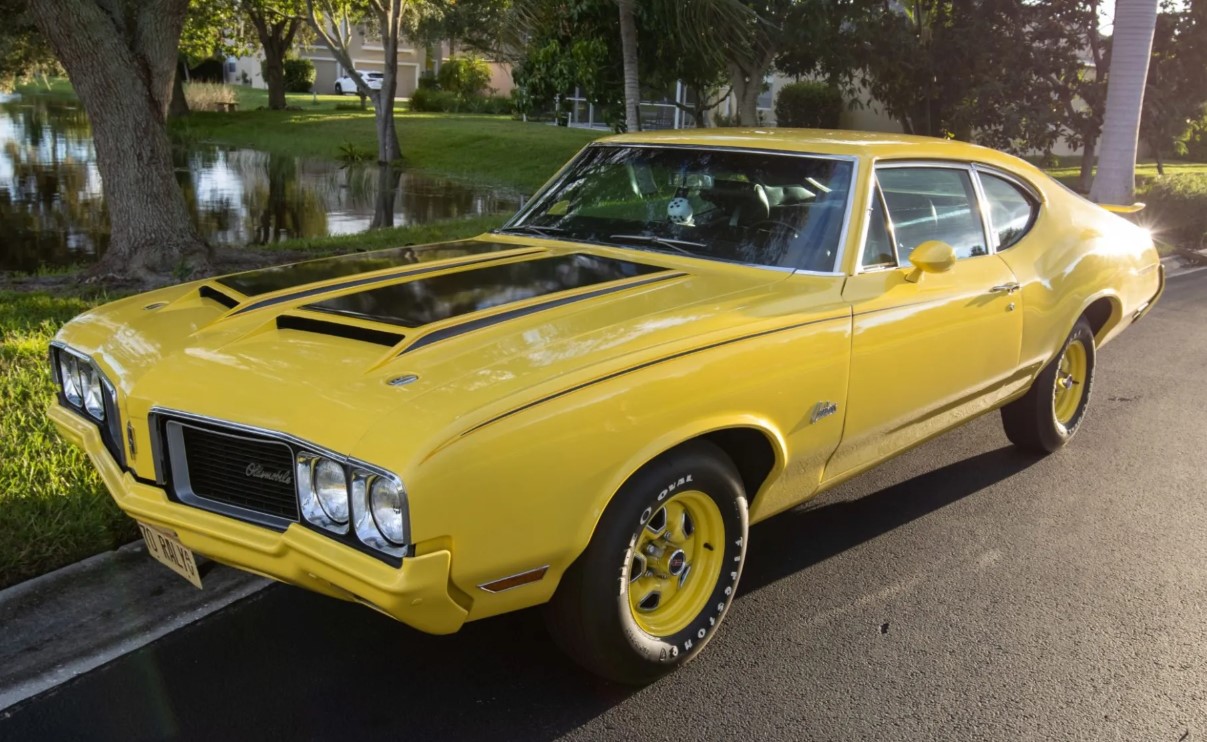
Unmissable bright yellow paint practically glowed in sunlight, turning heads wherever this machine traveled. Bold racing stripes and distinctive badging created visual impact that announced the Rallye 350 wasn’t your typical family sedan or conservative grocery getter. The commanding stance and performance-oriented details backed up the dramatic appearance with legitimate muscle car credentials underneath. Air intake scoops and wide tires hinted at serious performance capabilities that could embarrass more expensive cars at traffic lights across America.
1970 Oldsmobile Rallye 350 (Interior)
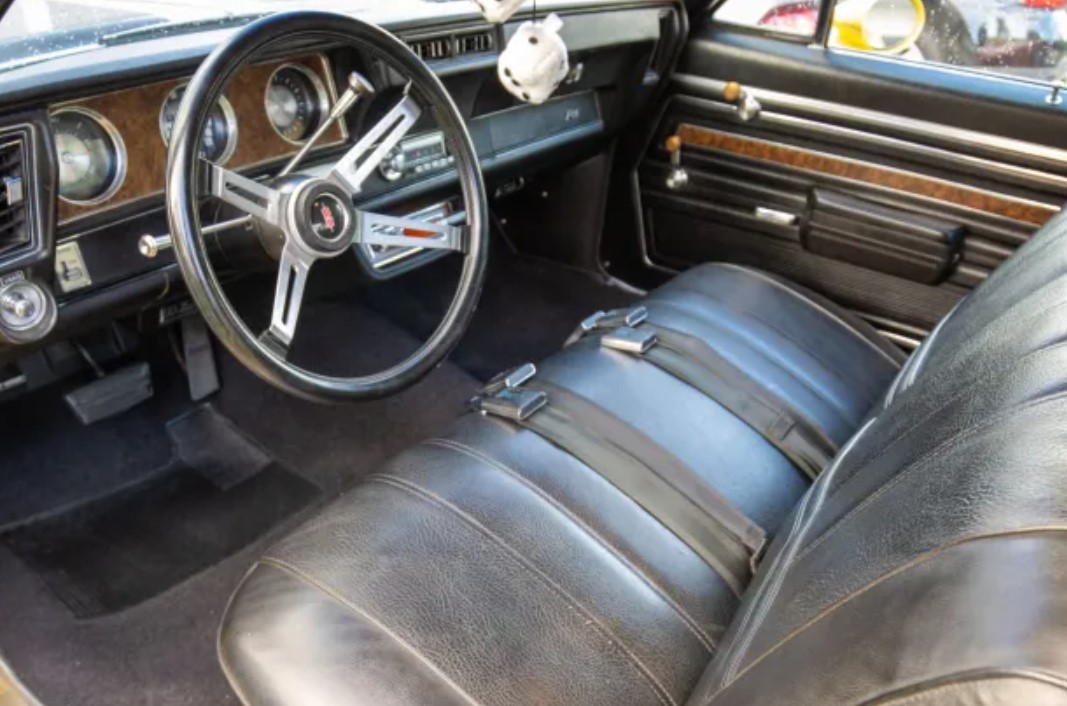
Driver-focused doesn’t have to mean uncomfortable, and the Rallye 350 proved this perfectly. Quality seats provided support during spirited driving while maintaining comfort for everyday commuting and longer road trips. The interior design emphasized function over flash, creating a cabin that felt more expensive than the modest price tag suggested. Quality materials and thoughtful ergonomics struck the perfect balance between performance focus and practical daily use for younger buyers seeking affordable muscle.
10. 1970 Buick GSX Stage 1 (Exterior)

Remarkable performance cloaked in understated elegance could fool unsuspecting victims at traffic lights completely. Available in Apollo White or Saturn Yellow with distinctive black striping, the GSX Stage 1 managed to look both sophisticated and menacing simultaneously. Performance air scoops and subtle badging were the only hints of the monster lurking beneath the refined exterior styling. The overall design maintained Buick’s reputation for luxury while incorporating the assertive stance necessary for serious performance without compromise or apology.
1970 Buick GSX Stage 1 (Interior)
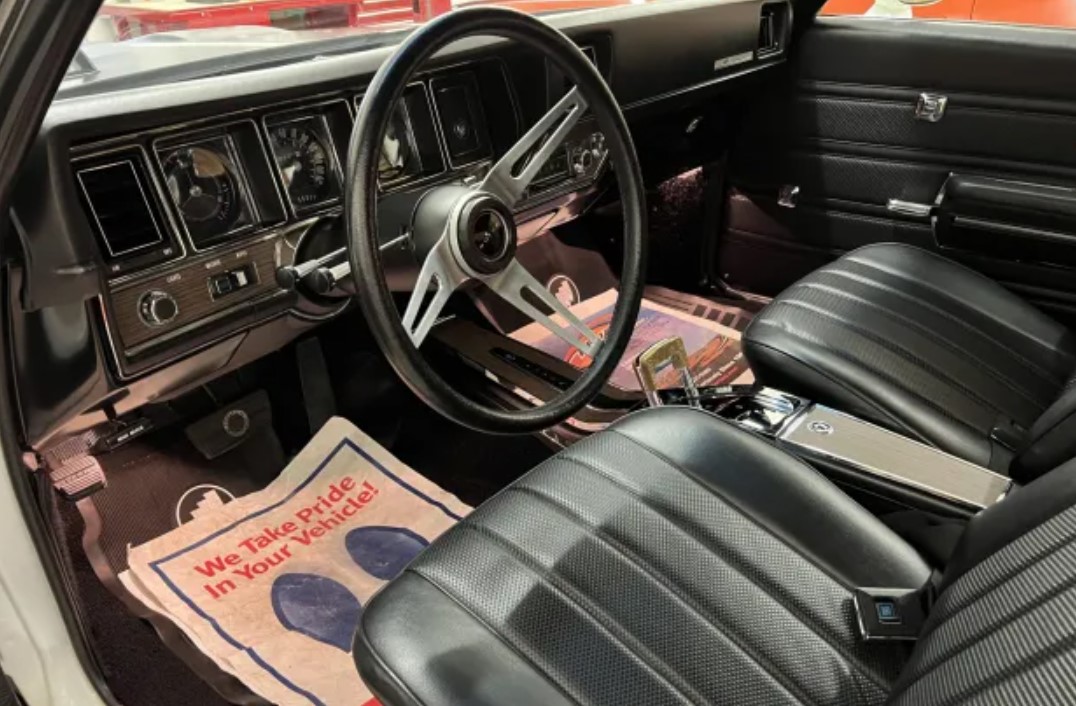
Premium materials and performance rarely share the same cabin, but the GSX achieved this unlikely marriage. Premium upholstery and quality trim pieces reflected Buick’s position in GM’s hierarchy while supporting the serious performance mission underneath. The interior combined comfort with functionality, featuring supportive seats and well-positioned controls that enhanced the driving experience significantly. Gauge layouts were both attractive and informative, providing essential performance data without cluttering the dashboard with unnecessary decoration or automotive jewelry.
9. 1970 Camaro Z28 (Exterior)
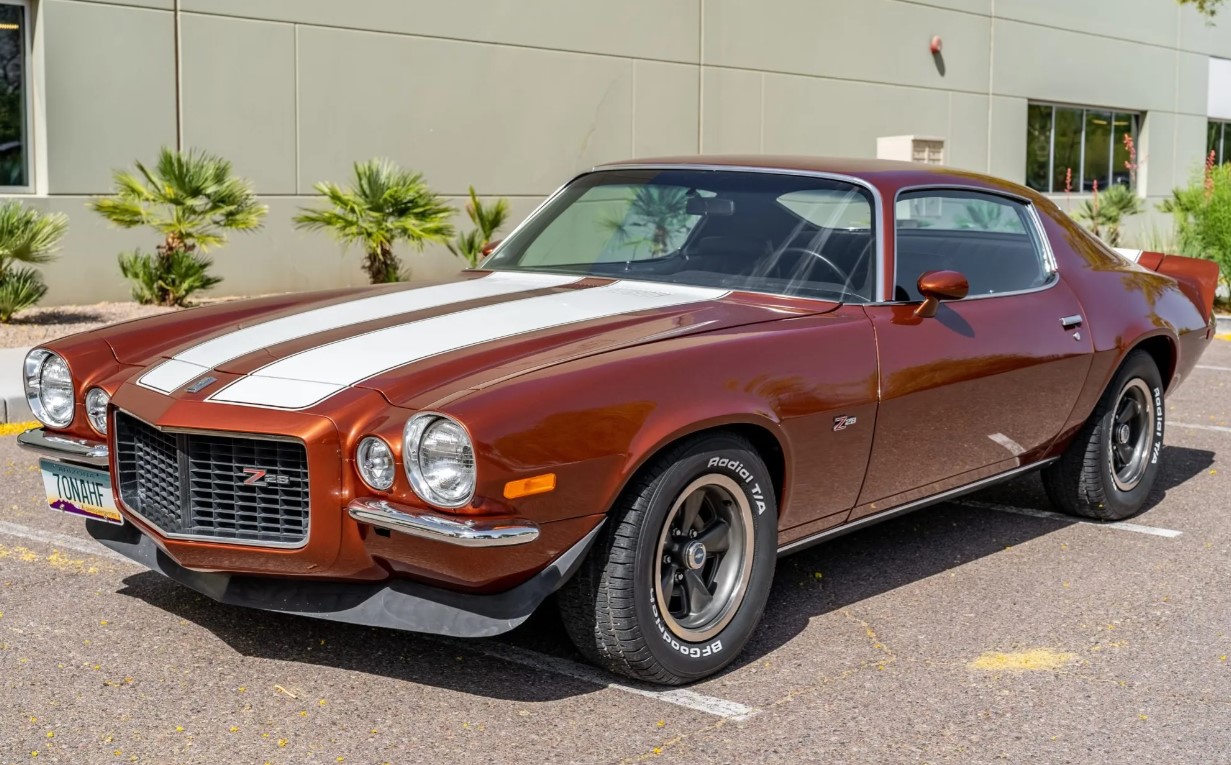
Controversy surrounded the redesigned styling, but dramatic proportions created undeniable visual impact. The Camaro Z28’s long hood and short deck proportions established the template for American performance cars for decades to come. Air intake ports and distinctive striping announced performance intentions to anyone paying attention at stoplights. The overall design successfully balanced commanding styling with refined proportions that aged gracefully, creating modern muscle car design that looked forward rather than backward.
1970 Camaro Z28 (Interior)
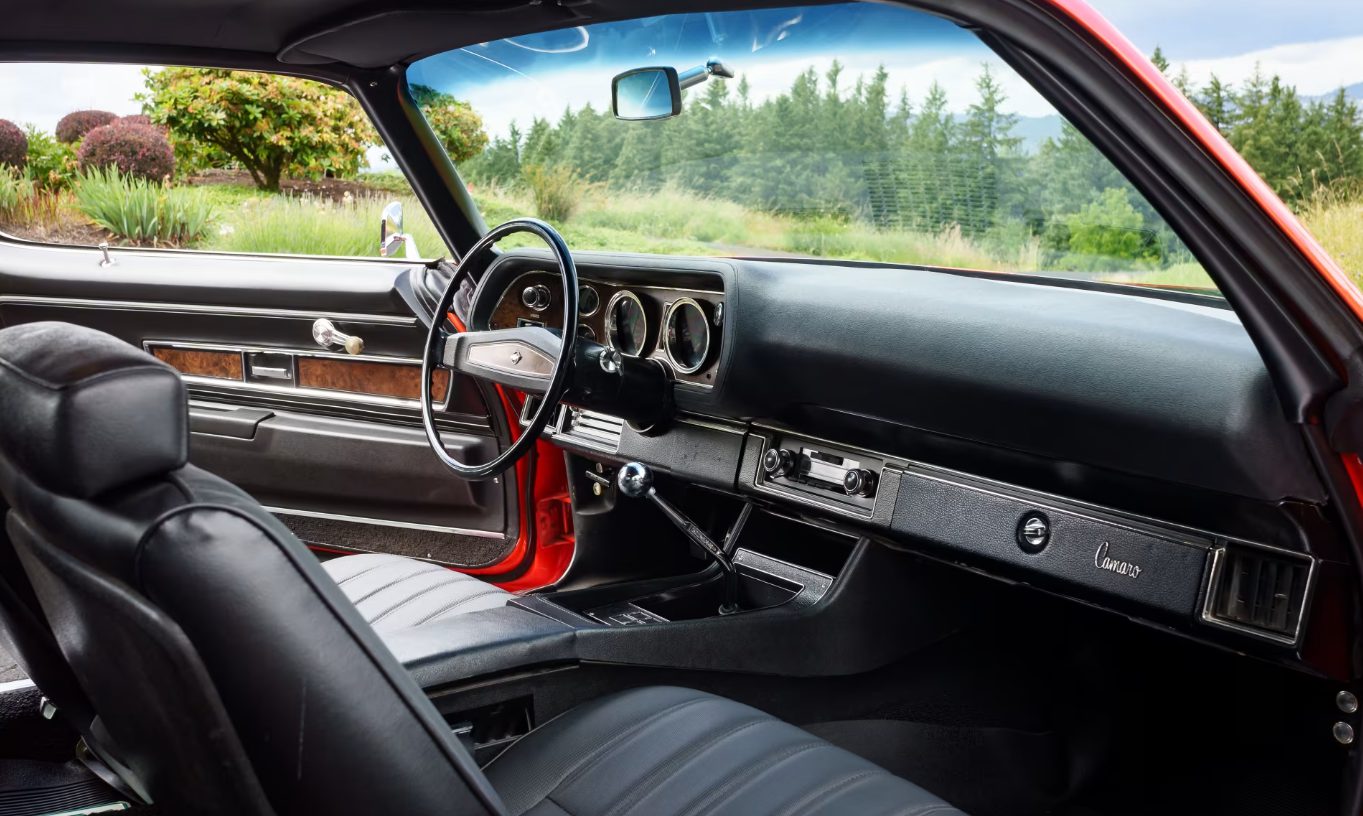
Function over flash defined the Z28’s cockpit design philosophy, prioritizing performance without sacrificing daily livability. Race-inspired seats and well-positioned controls created an ideal environment for spirited driving on winding roads or racetracks. The interior design emphasized the car’s serious performance mission and racing heritage through thoughtful details. Quality materials and thoughtful ergonomics made the cabin feel more premium than many competitors offered, successfully balancing sport and comfort in a package that worked for various driving situations.
8. 1971 Corvette LS6 (Exterior)
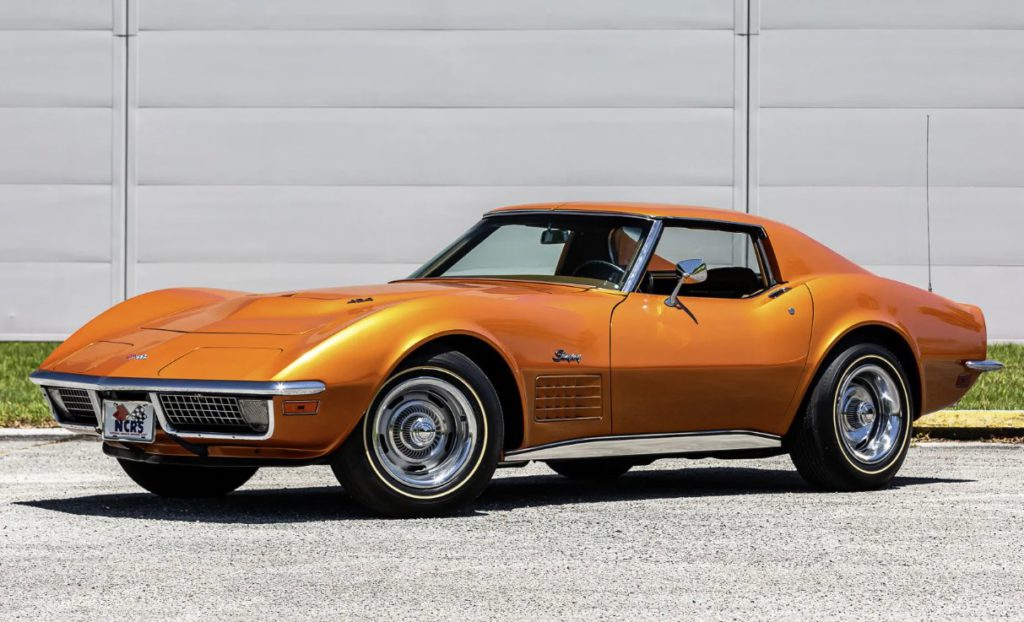
America’s supercar competed directly with European exotics when performance headlines and magazine covers mattered most. The Corvette LS6’s sleek fiberglass body and bold stance created visual drama that matched the mechanical excellence underneath the distinctive hood. Cooling air intakes and distinctive side exhausts announced this Corvette’s serious performance credentials to anyone within hearing distance. The overall design combined beautiful proportions with purposeful details that enhanced both appearance and function, proving American engineering could compete with anything Europe offered.
1971 Corvette LS6 (Interior)
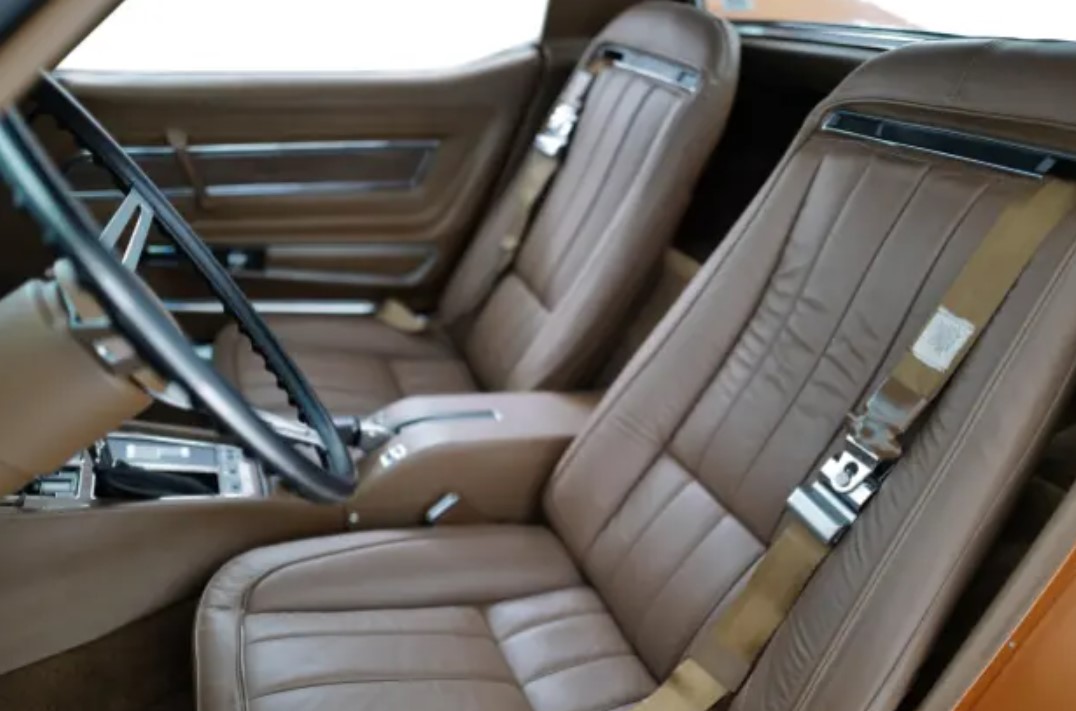
Pure driving experience beats passenger comfort every time in the LS6 Corvette’s philosophy. Race-ready seats and intuitive controls created a cockpit that felt purpose-built for performance driving rather than commuting duties. The interior design prioritized essential functions while maintaining the exotic feel that Corvette buyers expected from America’s sports car. Quality materials and attention to detail reflected the car’s premium positioning in Chevrolet’s lineup, creating an interior designed for drivers who understood performance differences.
7. 1970 Monte Carlo SS (Exterior)
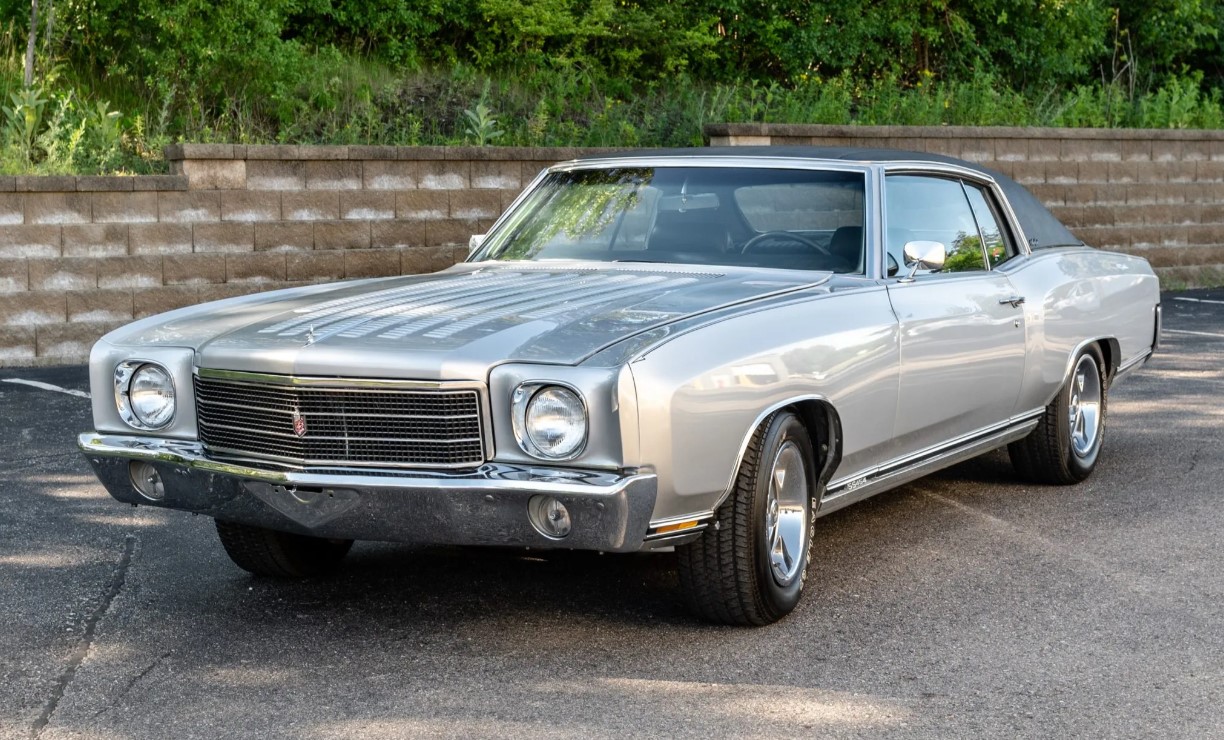
Transformation from luxury cruiser to street predator succeeded with surprising sophistication and refined styling. The Monte Carlo SS’s elegant proportions and polished appearance maintained the model’s upscale image while incorporating performance details that hinted at serious hardware underneath. Most Monte Carlo SS 454s featured the LS5 engine rated at 360 horsepower, offering strong performance for a luxury coupe. The overall design successfully combined performance capabilities with the refined appearance that Monte Carlo buyers expected, creating muscle car performance encased in grown-up styling.
1970 Monte Carlo SS (Interior)
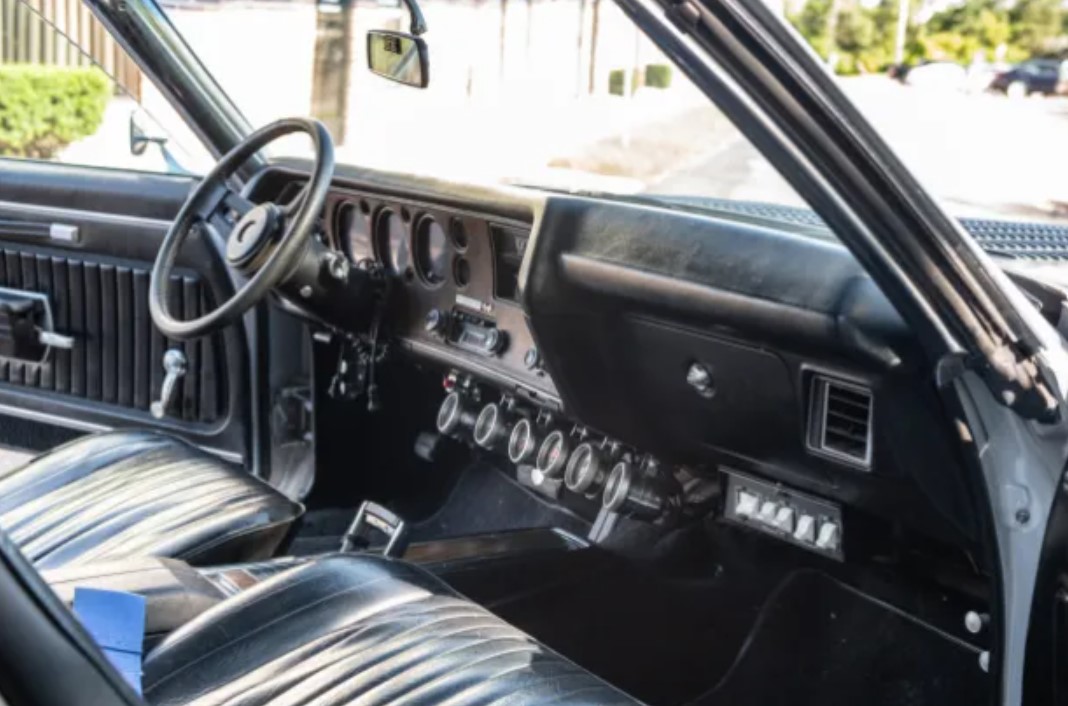
Luxury features in a muscle car seemed impossible until the Monte Carlo SS proved otherwise. Quality upholstery, factory air conditioning, and power accessories created a cabin that felt more like a luxury car than a performance machine. The interior design emphasized comfort and convenience while supporting the car’s dual personality as both cruiser and street machine. Modern restorations often blend original luxury features with updated technology, creating the muscle car for buyers who refused to compromise on comfort.
6. 1970 El Camino SS 454 LS6 (Exterior)
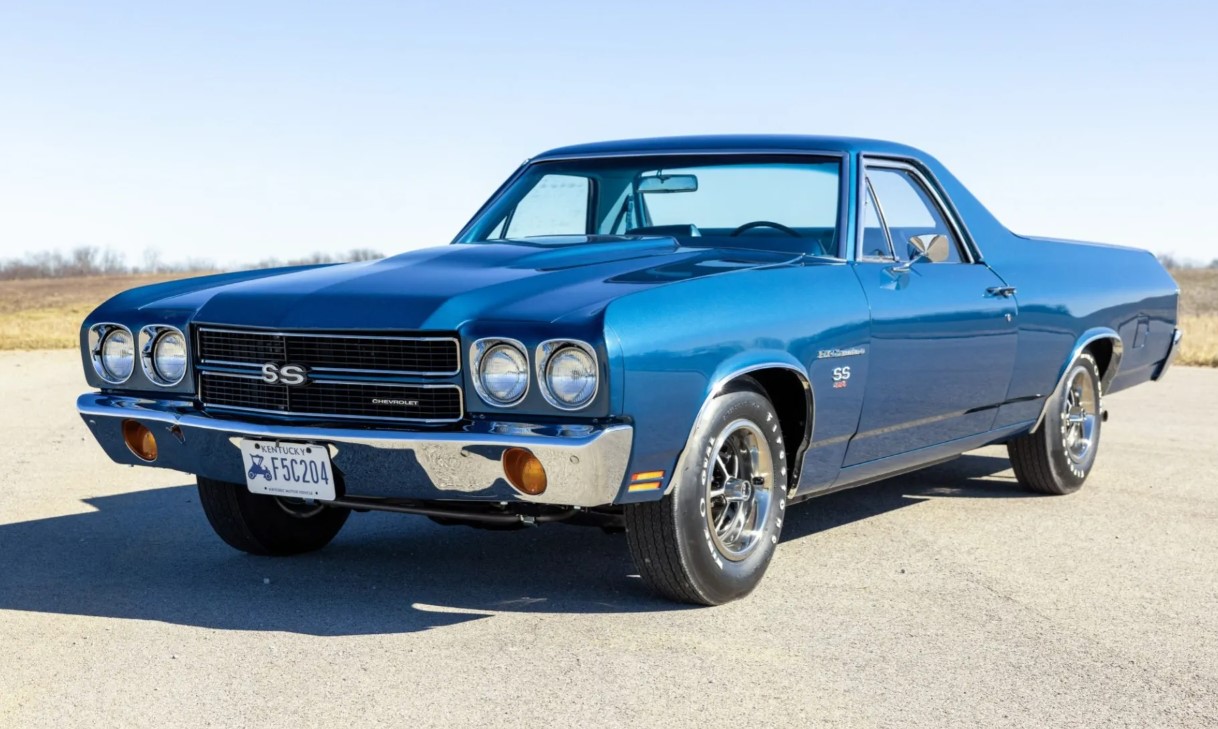
Easy categorization proved impossible with this unique blend of car styling, truck utility, and legitimate supercar performance. Built on the proven Chevelle platform, the El Camino SS combined commanding muscle car proportions with the practical advantages of a pickup bed. Performance air scoops and badging announced the El Camino SS’s serious intentions while maintaining the distinctive character and utility mission. Wide tires and low stance created a planted appearance that promised handling to match the straight-line performance, making this El Camino SS the Swiss Army knife of muscle cars.
1970 El Camino SS 454 LS6 (Interior)
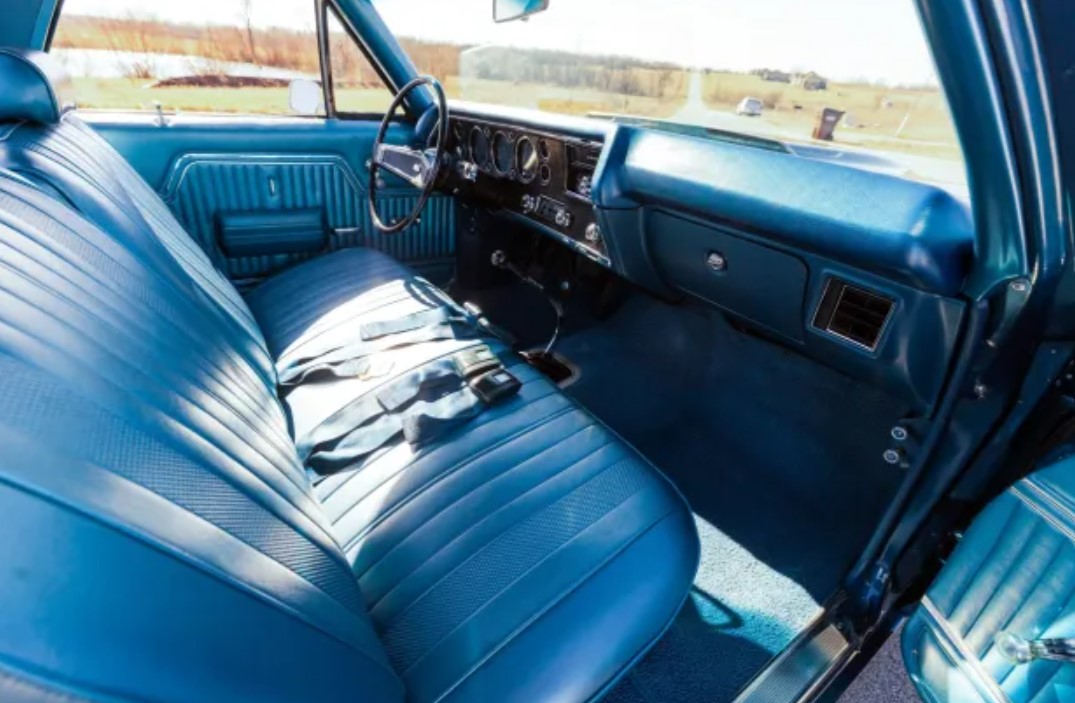
Weight reduction meets driver comfort in the El Camino SS’s clever cabin design. Performance-oriented front seats provided excellent driving position while the absence of rear seats reduced weight and improved performance significantly. Interior trim and gauge layouts emphasized function over decoration, reflecting the car’s dual mission as both performance machine and practical hauler. Quality materials and thoughtful design created a cabin that felt special despite the utilitarian mission, appealing to buyers who needed both speed and practicality.
5. 1970 Firebird Trans Am (Exterior)
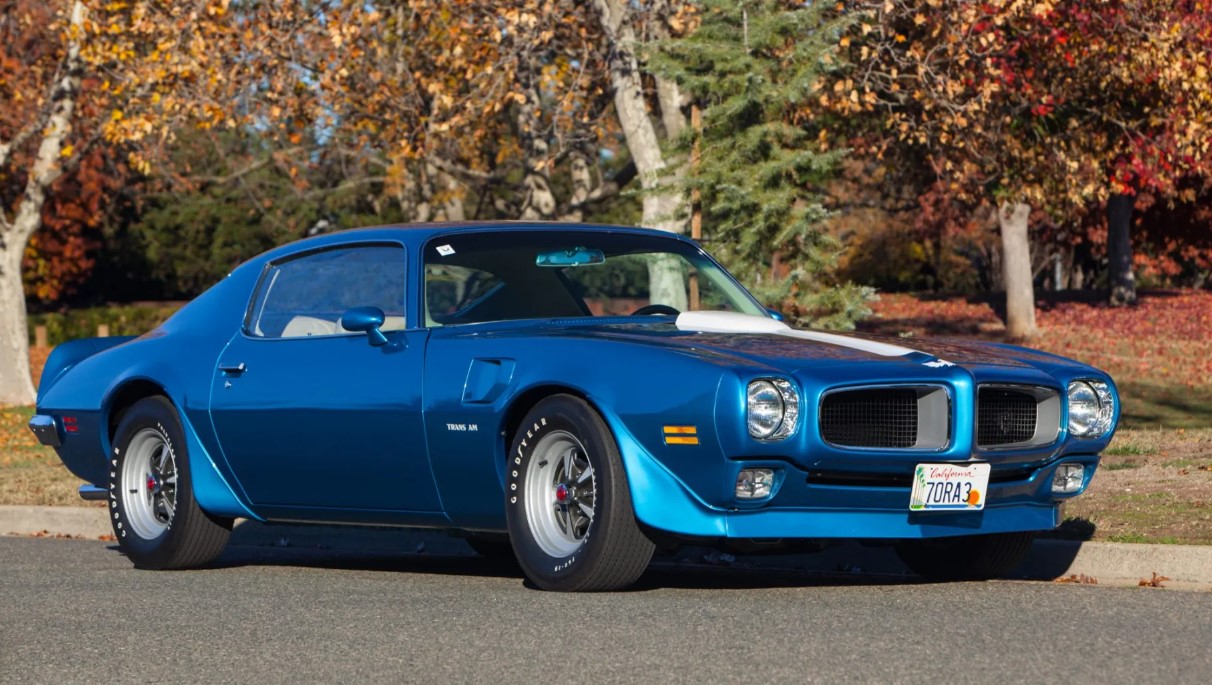
Distinctive styling soared beyond expectations, establishing the template for American performance cars for generations. The Firebird Trans Am’s iconic shaker hood scoop, bold graphics, and commanding stance created visual drama that matched the mechanical excellence underneath the distinctive hood. Performance air intakes and racing-oriented details enhanced both cooling and aerodynamics rather than serving as mere decoration. The overall design combined beautiful proportions with purposeful details that improved both appearance and function, earning a place among the coolest cars of the 1970s.
1970 Firebird Trans Am (Interior)
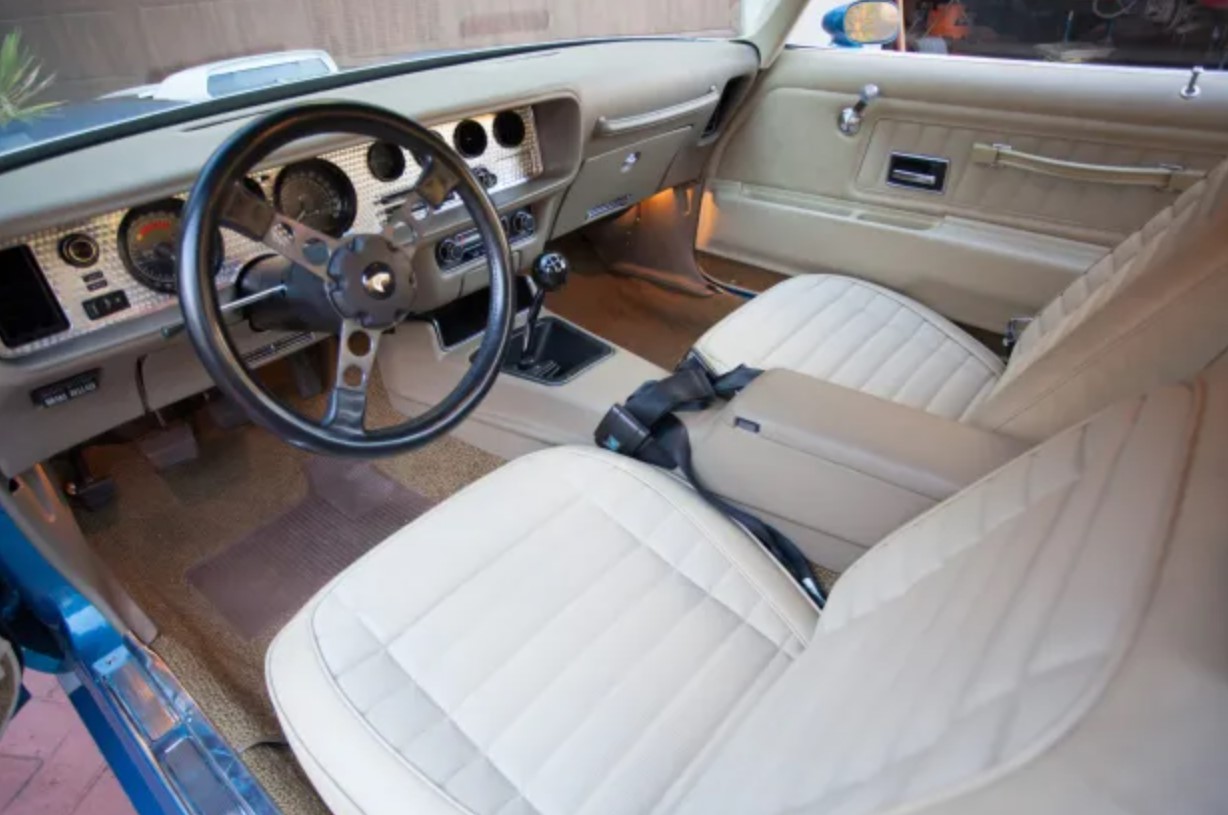
Performance obsession shaped every surface of the Trans Am’s cockpit design. Racing-derived seats and well-positioned controls created an ideal environment for spirited driving while maintaining reasonable comfort for daily use. The interior design emphasized essential functions while maintaining the exotic feel that Trans Am buyers expected from Pontiac’s flagship. Quality materials and attention to detail reflected Pontiac’s commitment to creating a true performance car rather than just another fast sedan with racing stripes.
4. 1970 Camaro SS (Exterior)
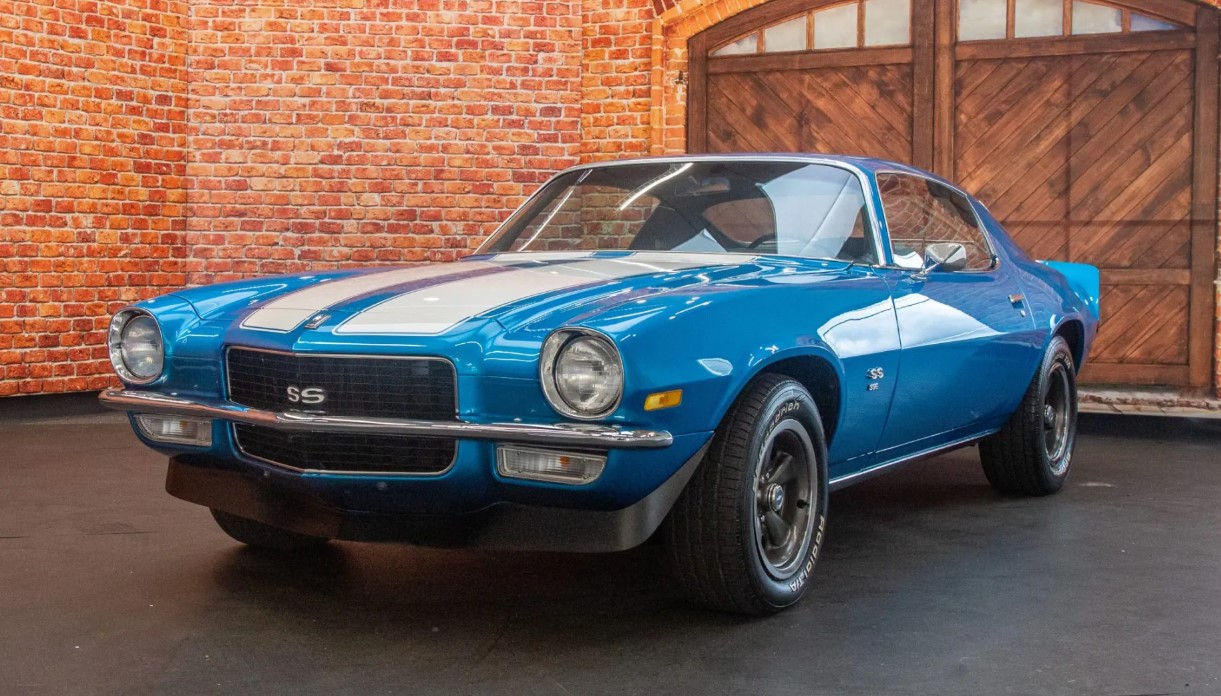
Dramatic new styling sparked mixed reactions, but bold proportions created undeniable road presence. The Camaro SS’s long hood and short deck established classic muscle car proportions that influenced automotive design for decades to come. Performance air scoops and distinctive SS badging announced serious intentions without resorting to cartoon graphics or juvenile styling cues. The overall design successfully balanced commanding styling with refined proportions that aged gracefully, creating modern muscle car design that looked toward the future rather than the past.
1970 Camaro SS (Interior)
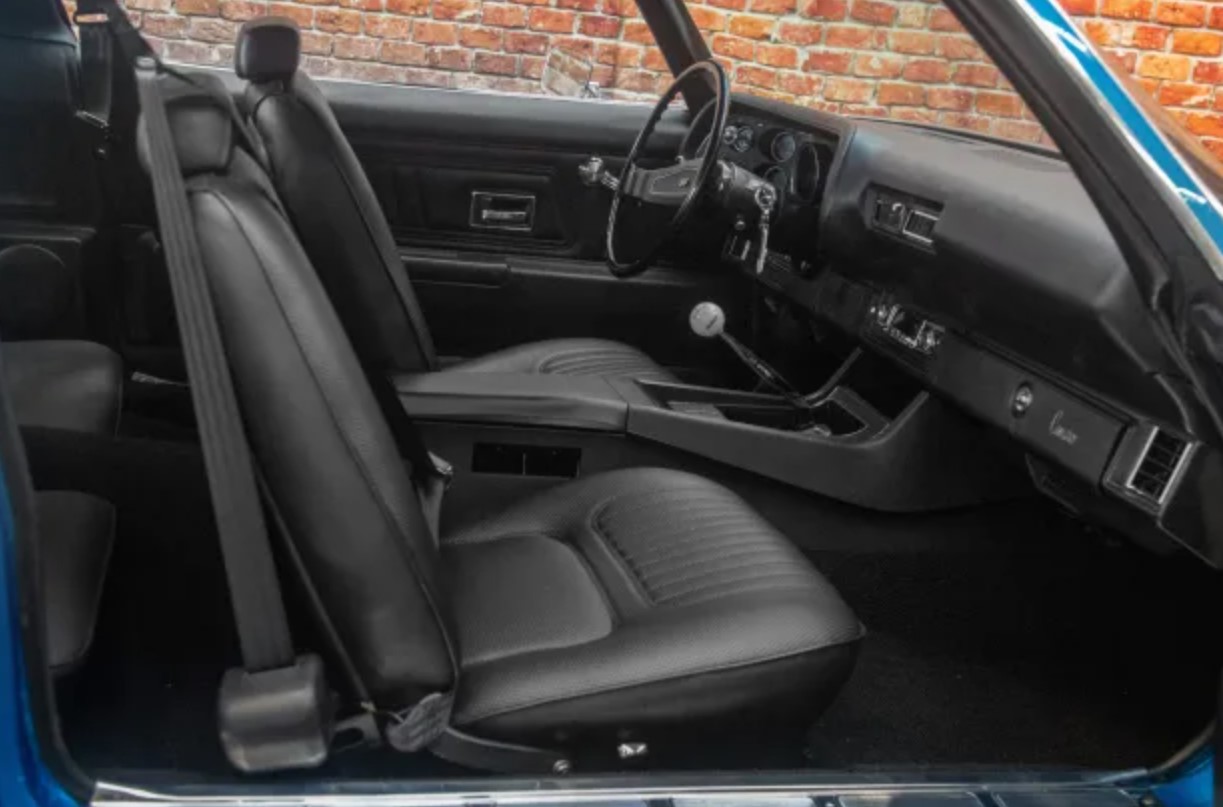
Versatility defines the Camaro SS cabin, balancing performance focus with daily usability for various driving situations. Quality bucket seats and well-positioned controls created an ideal driving environment while maintaining comfort for longer journeys. The interior design emphasized both style and function, creating a cockpit that enhanced the driving experience significantly. Quality materials and thoughtful ergonomics made the cabin feel more premium than many competitors offered, successfully combining sport and comfort in a package that worked for both weekend warriors and daily commuters.
3. 1970 GTO Judge (Exterior)
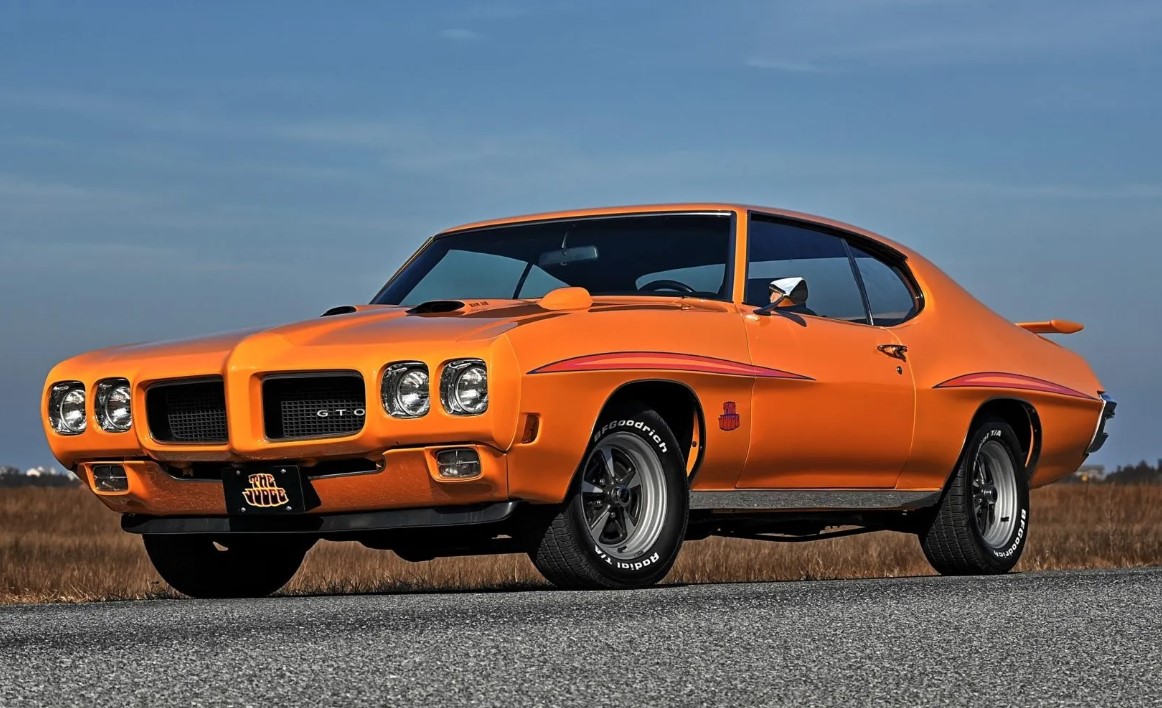
Bold statements both visually and mechanically couldn’t be ignored at any stoplight in America. Bold decals, colorful stripes, and the distinctive 60-inch rear wing created visual impact that matched the serious performance underneath the flashy exterior. Cooling air scoops and assertive stance backed up the dramatic graphics with real performance hardware rather than empty styling promises. The GTO Judge overall design successfully attracted attention while delivering legitimate muscle car capabilities, creating performance with personality—the automotive equivalent of a heavyweight boxer who happened to be class clown.
1970 GTO Judge (Interior)
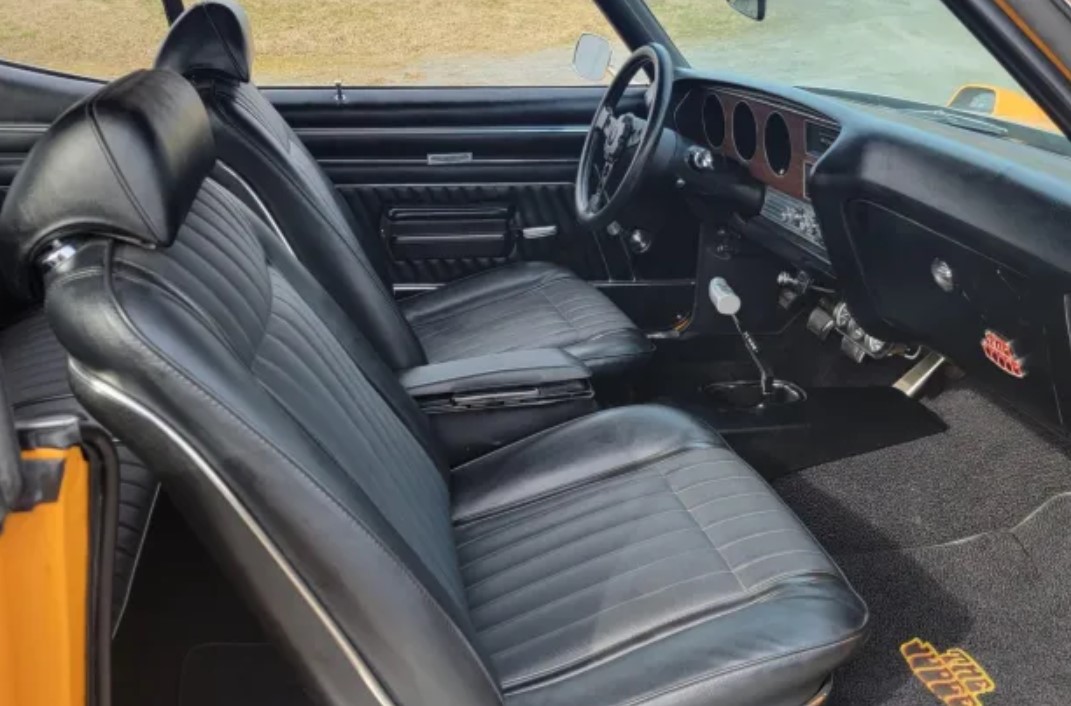
Comfort meets showmanship in the Judge’s thoughtfully designed cabin space. Race-inspired seats and well-positioned controls created an ideal cockpit for both spirited driving and daily commuting duties. Interior trim and gauge layouts reflected the car’s dual personality as both serious performance machine and attention-grabbing showpiece. Quality materials and thoughtful design created a cabin that felt special without sacrificing functionality, proving the Judge interior was as bold as its exterior graphics suggested.
2. 1970 GTO Judge Ram Air IV (Exterior)
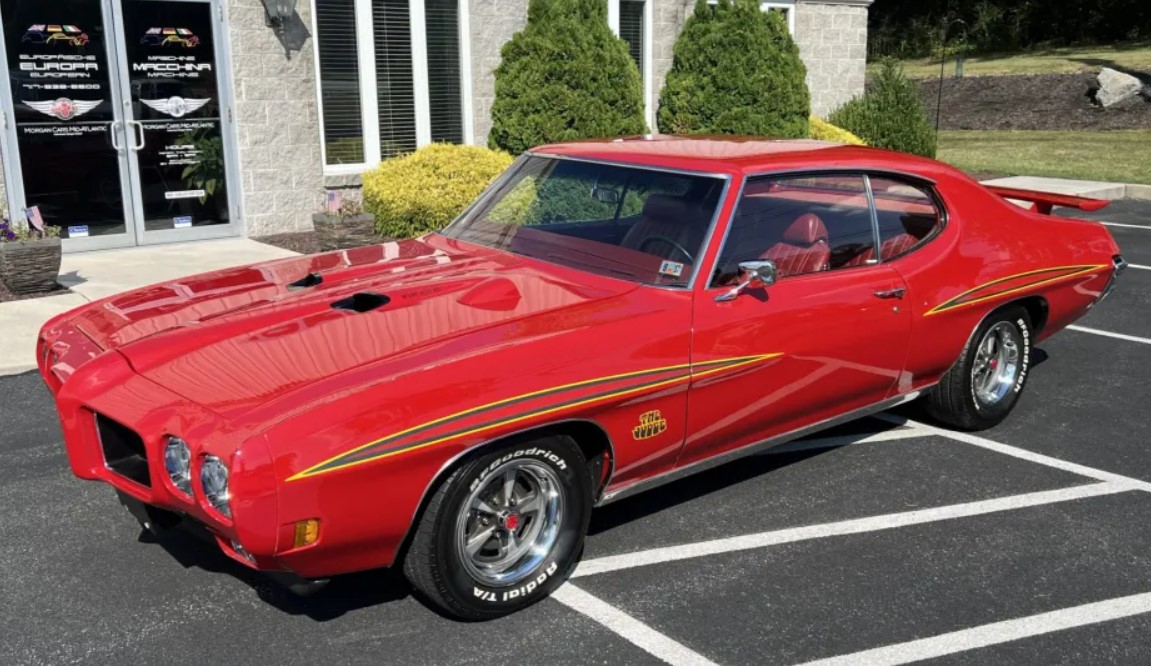
Ultimate expression of Pontiac’s muscle car philosophy reached its purest form in this rare machine. Available in eye-catching Orbit Orange, the Judge Ram Air IV combined maximum visual impact with maximum performance in a package that left no doubt about intentions. Ram Air scoops and distinctive Judge graphics created a cohesive design that was both beautiful and purposeful for serious performance. The overall package successfully combined legitimate performance hardware with the visual drama that muscle car buyers craved, creating automotive art that happened to run best reported quarter-mile times.
1970 GTO Judge Ram Air IV (Interior)

Exclusivity demands premium treatment, and the Ram Air IV Judge delivered exactly that. Quality materials and attention to detail reflected the model’s position as the flagship of Pontiac’s performance lineup during the golden era. The interior design emphasized both comfort and performance, with supportive seats and clear gauge layouts that enhanced the driving experience. Special badging and trim pieces reminded occupants they were experiencing something rare and significant, creating the interior of a true collectible that would appreciate over time.
1. 1970 Nova SS 396 (Exterior)
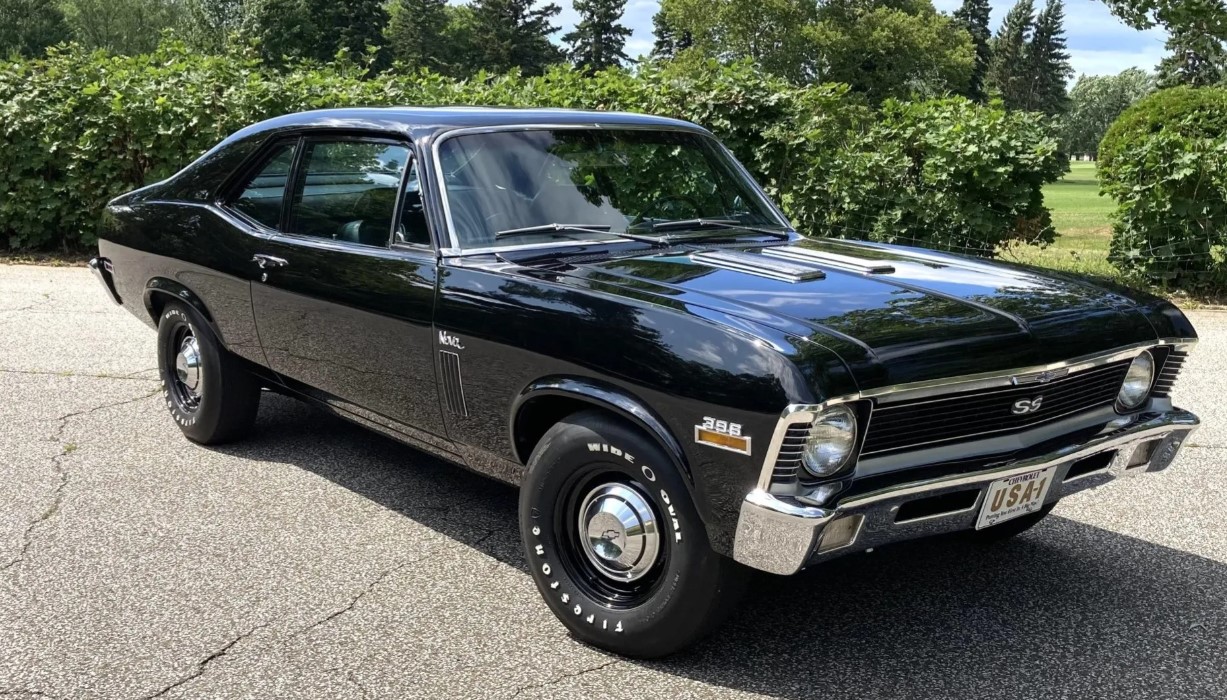
Raw power came housed in a simple, unassuming package that could surprise unsuspecting victims at traffic lights. The Nova SS 396’s clean lines and subtle SS badging created a sleeper appearance that masked serious performance capabilities underneath the conservative exterior styling. Air intake scoops and wide tires were the only hints of the beast lurking beneath the modest appearance. The overall design appealed to buyers who preferred their performance without flashy graphics or attention-grabbing colors, creating the strong silent type of muscle cars that let actions speak louder than appearance.
1970 Nova SS 396 (Interior)
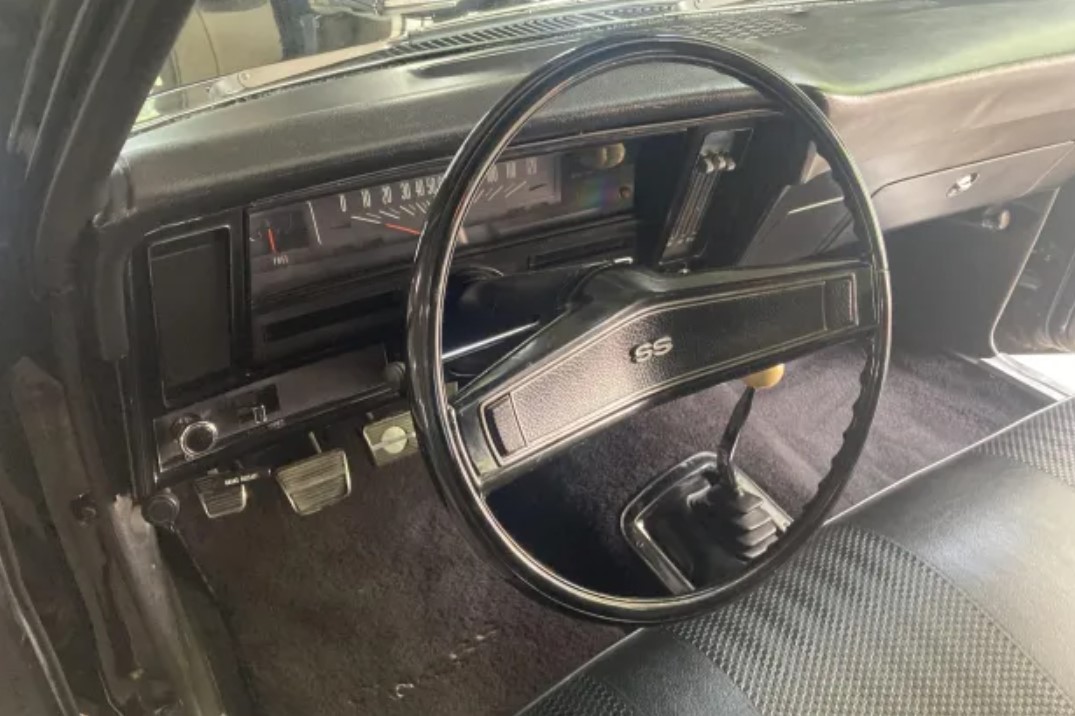
Honest performance requires honest interiors, and the Nova SS delivered both without apology. Performance-focused seats and clear gauge layouts created an environment focused on the driving experience rather than passenger comfort or automotive jewelry. The interior design reflected the car’s working-class roots while supporting its serious performance mission without compromise or apology. Quality materials and thoughtful ergonomics created a cabin that felt honest and purposeful rather than flashy or pretentious, appealing to buyers who cared more about timeslips than turning heads.


